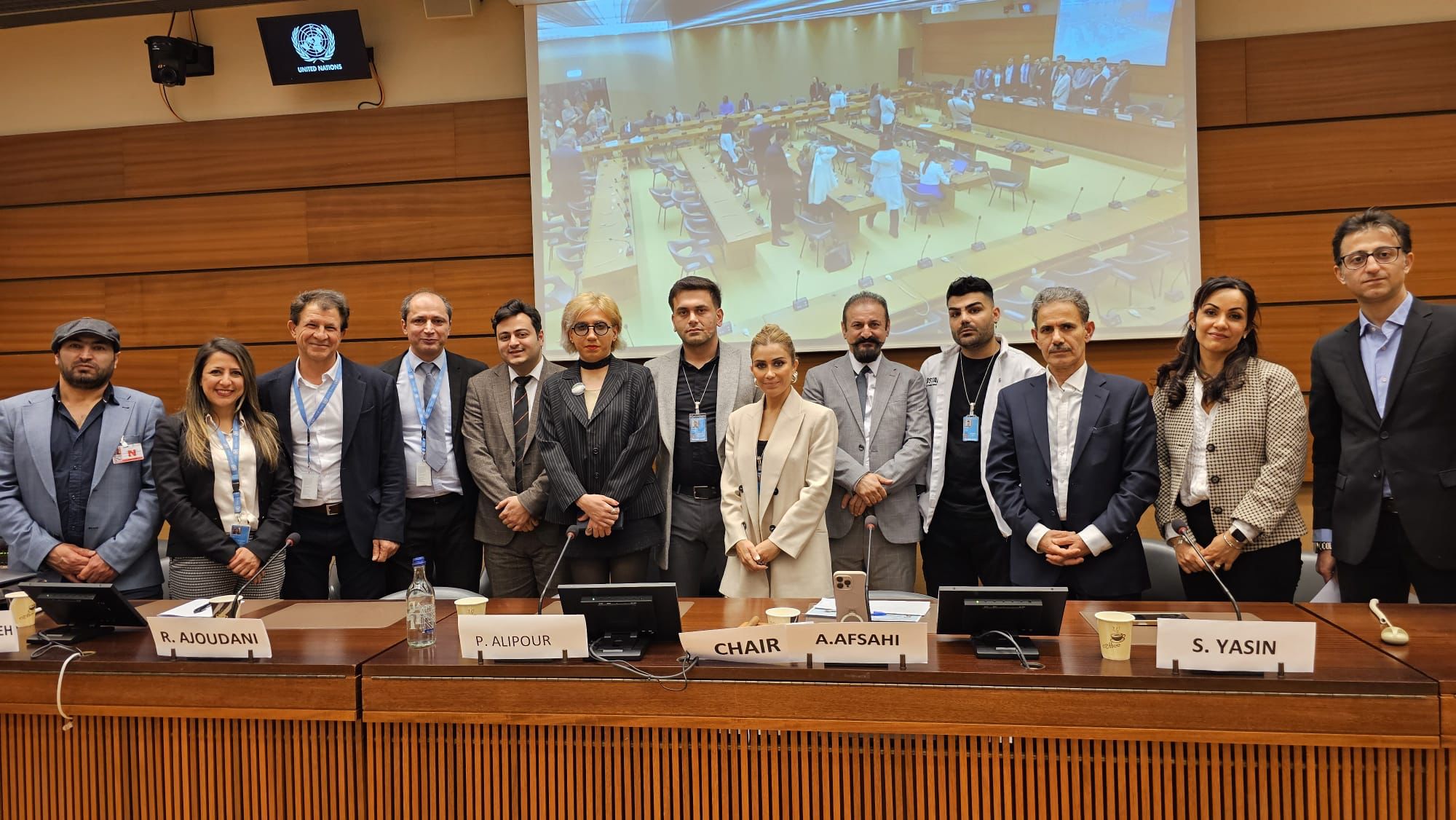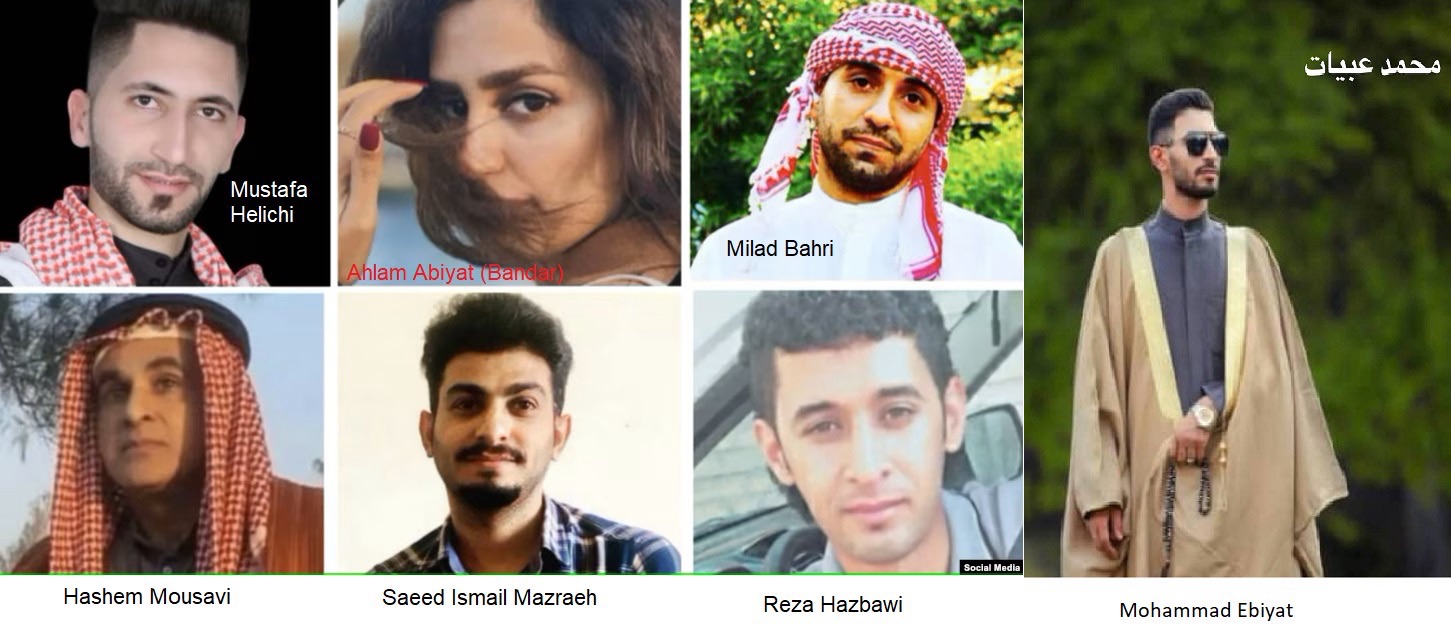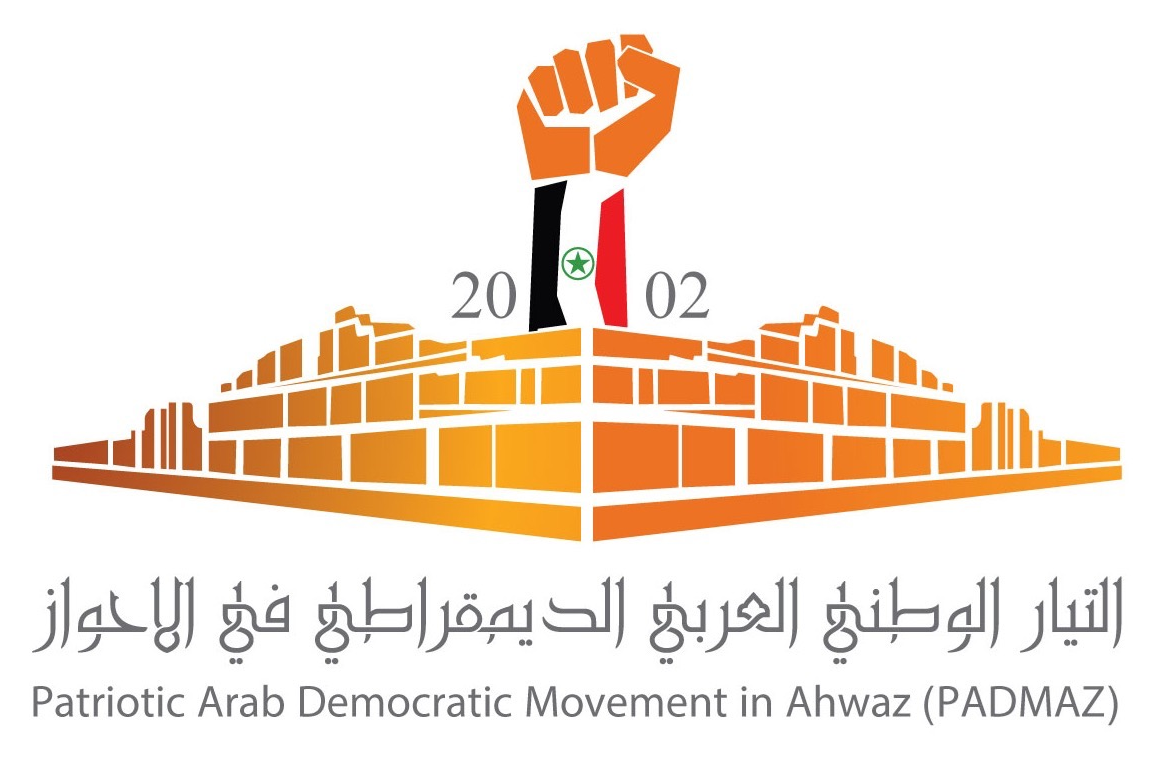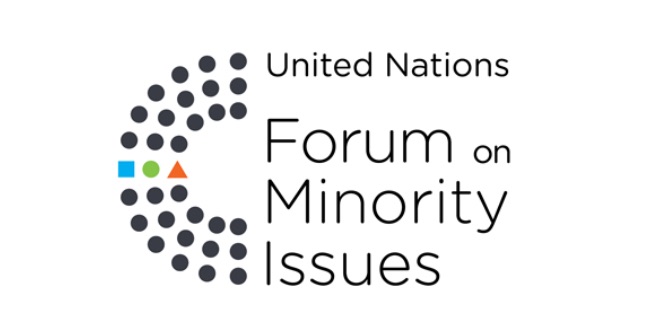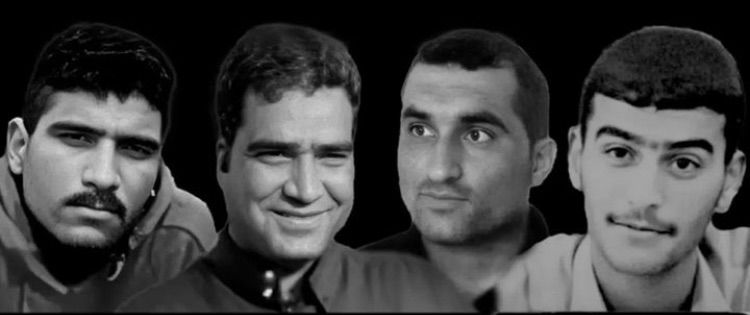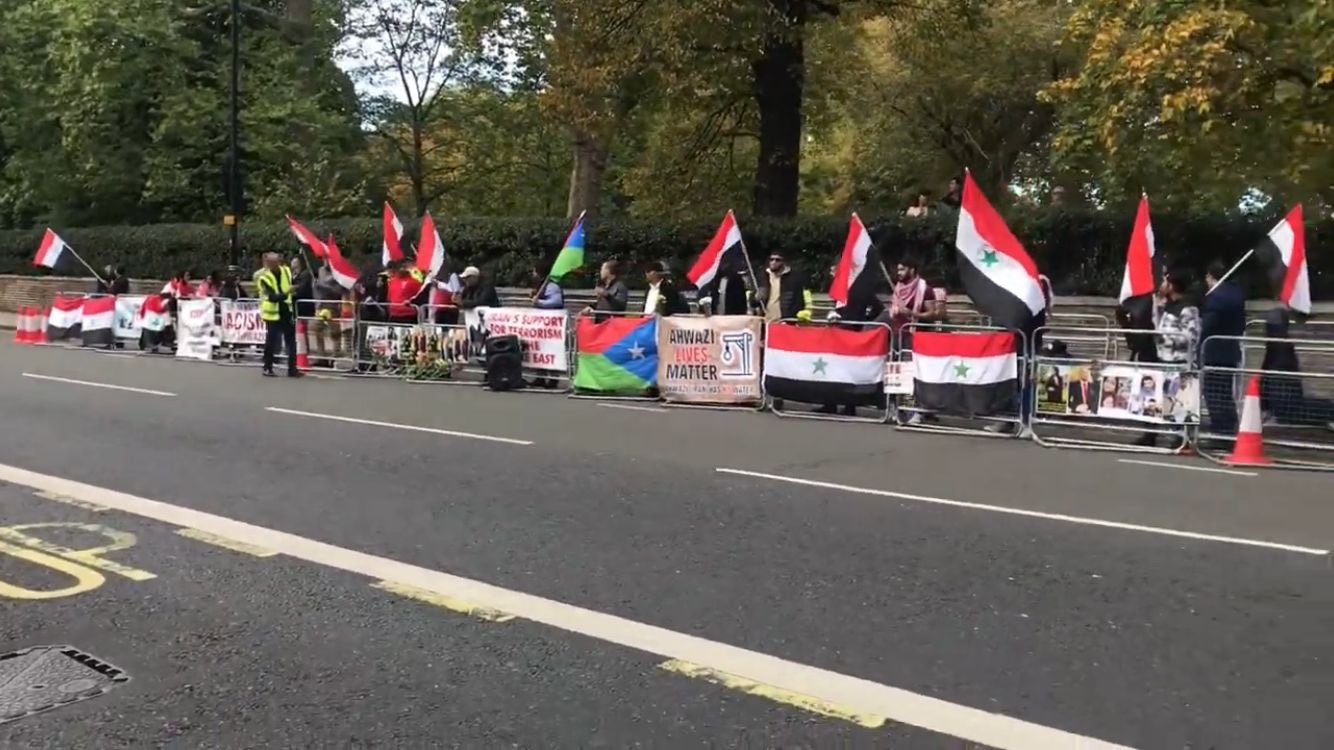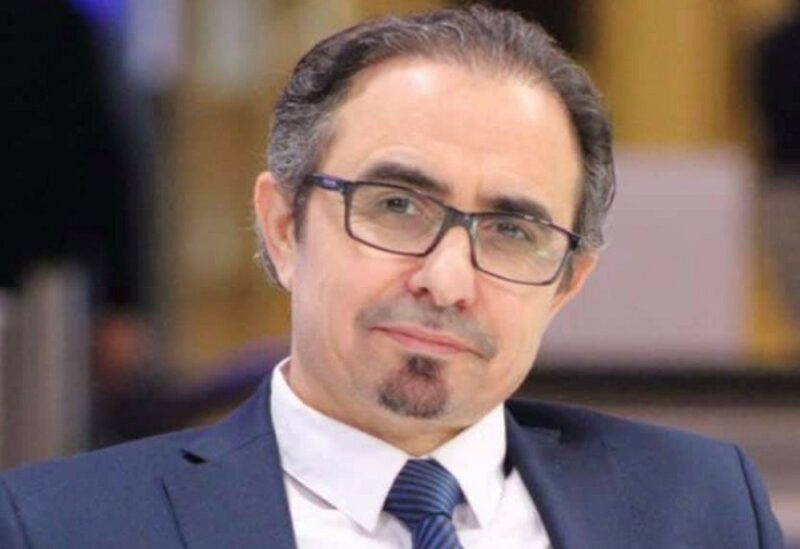Rising cancer rates compound the suffering of Ahwazi children

As the authors have been compelled to repeatedly state, the Iranian regime’s decades-long suppression of the Ahwazi people has taken a brutal toll on Ahwazis of all ages, but nowhere are its horrific consequences more heartbreakingly clear than when we look at the heartrending plight of Ahwazi children.
All too often deprived of schooling, forced to scrounge amid garbage or engage in dangerous labour from the tenderest of ages, already unusually high rates of child cancer amongst Ahwazi children are rising, with thousands dying in recent years. Often their parents are unable to afford the cost of treatment, with the Iranian regime’s ‘revolutionary’ health care system demanding payment from those the regime keeps in destitution out of fear and racism.
According to the public relations report of Ahwaz Jundishapur University of Medical Sciences, the capital of Ahwaz region in Iran; Dr Shokrallah Salmanzadeh, head of the province’s health centre, announced in 2017 at the National Cancer Surveillance Conference: “Every year, about, 6,000 people in Ahwaz get cancer, of which 53% are men and the rest are women.” He added: “Colorectal cancer (colon cancer), lung cancer and, skin cancer are the most common types of cancer seen in Ahwazi men. The most common types of cancer among women in Ahwaz are breast cancer, skin cancer and leukaemia (blood cancer).” The head of the Ahwaz Health Centre added: “Out of 10,465 deaths registered last year in Ahwaz, 4,906 were due to cardiovascular diseases and 1,156 due to cancer, 206 due to diabetes and 480 They died of asthma and COPD (chronic obstructive pulmonary disease).
Shafa Hospital is located in the regional capital, Ahwaz city, and is the second-largest regional cancer treatment centre, with almost 90 per cent of adult sufferers and all children suffering from the disease going there for treatment. The statistics cannot tell the tale properly, but we are able to reveal the horrific tragedy by telling the story of some of these children.
Yasmine is five years old; with her head shaved and her body emaciated from the ravages of cancer, only her delicate earrings show that she’s female. Despite the exhaustion in her pale face, her eyes are still full of a child’s hope. Her mother tells DUSC, “We live in Ahwaz. Since October, we have discovered she is infected with one of the strains of leukemia. She should receive chemical treatment. It is said that it could take several years. I fear we could be unable to afford the huge costs of treatment. Do you think there’s hope that Yasmine could improve?”
Yasmine is far from the only case in this ward. Around her are Hassan from Muhammarah, Atefeh from Susa, Mortada from Abadan and Maryam from Khafajiyeh. All are Ahwazi. All are children. And all are not receiving the proper care that could save their lives from a brutal and agonising disease.
Speaking to DUSC on condition of anonymity, an Ahwazi child rights activist said, “It is heartbreaking. I’m snowed under hundreds of cases of these innocent children whose ages range from 5 to 12 in Shafa and Baqai hospital. I visit these child cancer sufferers in both hospitals every two days. Before I visit them, I gather entertaining presents for them like colourful pencils, colouring books, and whatever toys I can buy for them.
“Even though they’re so young – with the youngest being only six or seven – they’re far older than their years; they’ve been forced by illness to grow up far too fast, and they know that this disease means death will take their souls from their exhausted little bodies. Hanan, a nine-year-old girl, is one of these hundreds of Ahwazi kids with cancer – every each time I sit beside her, I‘m amazed at her deep sense of wisdom and understanding. She’s the second child of her family and has four brothers and sisters, her father works as a street vendor and desperately tries to scrape together enough money to feed his children and buy medicine for Hanan, but the health insurance doesn’t cover all the costs of Hanan’s chemotherapy treatment. She’s been diagnosed with liver cancer in 2020, each time when I give her white paper and colour painting pencils she jumps and draws beautiful child with blonde and long hair and shiny black eyes, I ask her, habibiti Hanan, who is this beautiful girl? She quietly gives me a gentle smile and responds; this is me – my mother told me God will repay me for being here for months and will heal me and my hair will grow up, and I will become beautiful once again. Look at my drawing – does she looks like me, this is me.
“Once, on November 2020, once I was waiting to visit the children in Shafa hospital, my eyes were caught by Hanan’s mother who was sitting in the yard of the hospital crying and groaning, saying, The first thing that came into my mind was that Hanan might have died. I quickly approached the mother, and said, ‘What’s happened? Tell me!’ I couldn’t understand what she was saying while she was crying and trying to speak. I asked her, ‘Why are you wearing black? Has Hanan died?’
“She said, ‘No, she hasn’t, but her poor father, my husband, died from corona last week.’ I said, ‘Oh my God – what about you and the rest of the children? Are you okay? Did you get tested to make sure you didn’t contract the disease?’ ‘I’m fine’, she said. ‘But what to do? How to tell Hanan her father has died?’ She continued crying, saying, ‘Hanan will notice my grief and my black robes.’
“I told her ‘Let’s not tell her anymore.’ A few weeks later, she got weaker and weaker, and she slowly lost her interests in drawing, The last time when the doctor entered her room and hugged her tight, I realised she was almost ready to fly – her doctor said, ‘The treatment isn’t working for her, I am very sorry.’ Hanan was lying in the bed, hugging her red bear, asking why her father didn’t visit, and her mother burst out crying, telling her ‘He is waiting for you, he will take care of you, he went to Heaven in the sky, he’s looking down and watching over you.’
“Hanan died on 6 December. The only memory I have these drawings she gave them to me, I have to photocopy them to share them with her poor mother.”
The activist added, “The innocent faces and laughter of these children, many of whom are gone far too fast after undergoing cruel chemotherapy, are engraved in my mind. Let me share with you the story of Salma. She was only nine years old. She was telling me she came from a village in Muhammarah. ‘When I became ill, my parents brought me to Ahwaz city’, she said. ‘I was very happy to see the city and the cars and tall buildings, but I am bored – I’ve been here for several weeks. I miss my friends in the village.’ Her parents said, ‘We make a living from farming and have a few cows and goats – we had to sell them to pay for Salma’s treatment, she has leukaemia. Now it’s hard for us even to come to Ahwaz city – the transportation costs are high, Salma was the first beautiful gift of our marriage, we could not imagine losing her…’
“I sat down beside Salma, and she asked me to give her a few stickers. When I gave them to her, she stuck them on her arms and on the bruises from the needles that punctured her chest and arms, and put the rest on her pale cheeks. I ask her ‘Why did you do that?’ She said, ‘I want to hide the injection bruises from my siblings and show them I’m fine and also cover them when my mother takes videos and pictures of me so that they laugh and be happy when they watch them.’”
The activist continued, “I got coronavirus and I had to isolate myself for weeks, but I forgot about my suffering and was only thinking about those children who became used to waiting for me to bring them joy and games. During my last visit, Salma’s father and I exchanged phone numbers and I offered for them to stay in our home if they couldn’t manage to commute between village and Ahwaz hospital. I was missing Salma and I called her father – he told me ‘Salma succumbed to the leukemia. We couldn’t save her, she needed a bone marrow transplant.”
The activist continued, “I fell into a deep depression – the number of children infected with various types of cancer is rising shocking, although the hospitals have official orders not to release any figures – but we are seeing it on the ground.”
Nearly a year ago, on 12 February 2020, Dr Bijan Kikhaei, the director of Sahid Baqai Hospital, said that 90 per cent of the cancer patients seen there cannot afford the cost of treatment, which he said is unreasonably high.
He announced that nearly 200 Ahwazi children are diagnosed with cancer annually at that one hospital, in addition to another 800 to 1,000 cases of childhood cancer cases across Ahwaz. The real figures may be higher than this as some patients head to hospitals outside the region, in Golestan or elsewhere, for radiotherapy or chemotherapy, while others travel elsewhere in the Middle East or even further afield seeking treatment, depending on their financial capabilities. For nine-tenths of the patients, however, Dr Kikhaei noted, they simply can’t afford treatment in Ahwaz, let alone abroad, with even one session of radiotherapy costing between 100 million to 200 million Rials (around three to six months salary of manual labour), far beyond the means of most Ahwazis subsisting below the poverty threshold.
A key reason behind the rapidly rising spike in incidents of childhood cancer is the chronic pollution that afflicts Ahwaz. Between the oil and gas fields and refineries belching out thick black smoke around the clock, the desertification resulting from the regime’s massive river-damming and diversion program that has turned much of the once verdant region of farmland into barren desert, and the regime’s use of Ahwaz as a heavy industry centre, with thousands of tons of untreated highly toxic industrial waste jettisoned into the rivers daily, the region is a climate disaster zone.
This is compounded by depleted uranium dust and other detritus left over from the Iran-Iraq war of the 1980s as well as the subsequent Gulf Wars. In June of 2019, the deputy governor of Basra province in Iraq noted a dramatic uptick in cancer there. Located southeast of Baghdad, Basra lies on the west bank of the Shatt al-Arab River, while Ahwaz is on its eastern bank. Geologically related, both Basra and Ahwaz are oil-rich, much as it Kuwait to Basra’s south.
Earlier, in an interview with Iranian website Khaneh Mellat, published on 3 May 2018, Hedayatollah Khademi, the member of parliament representing Ahwaz, indicated that the air pollution and sandstorms, the heavily polluted rivers, the lingering presence of chemicals still left from the 1980-88 war and the environmentally catastrophic effect of the oil and gas fields, refineries and related petrochemical facilities were known to be the primary main reasons behind the region’s grim and rising rates of cancer, particularly among the Ahwazi children.
Khademi added that the oil industry’s constant prospecting and construction of new facilities with no thought for the environmental or societal consequences are other reasons behind the rise of these diseases as personnel working on these projects use carcinogenic chemicals, including a liquid called ‘drilling mud’, with particulates of these substances being swept up by the winds and sandstorms in the area and becoming part of the atmospheric pollution inhaled by the people of Ahwaz, leading to abnormally high rates of cancer, as well as respiratory diseases; as usual, the worst affected are the most vulnerable, namely children and the elderly.
However, while studies have been conducted with the goal of predicting and preventing cancer emergence in Basra, the Iranian regime has utterly refused to disclose any relevant statistic, much less preventative assistance. Worse yet, Basra has not suffered anything like what Ahwaz has been subjected to over the course of decades, in which its very environment has been steadily destroyed as part of criminal genocide, as the authors have previously documented.
What remains of the rivers that sustained generations of fishermen for centuries are now largely lifeless, choked with industrial waste, raw sewage, garbage and untreated wastewater from oil and gas refineries and petrochemical production facilities, as well as sugar refineries constructed on the banks of the rivers, part of the Iranian regime’s sugarcane farming industry, which has been used to justify the ethnic cleansing of large areas in order to plant sugar cane; the growing of sugar crane is water-intensive, using the little remaining river water in the region for irrigation, with the refineries built on the riverbanks using more water in the refining process, ejecting the wastewater together with the chemicals used back into the water and further polluting the already heavily polluted water supply. Hospitals also dump medical waste into the rivers, with environmental protection criteria simply disregarded.
Airborne pollution from the oil and gas refineries often drifts for some distance before settling, not only creating choking clouds of black smoke but poisoning the ecosystem. The increasing desertification means that the sand in the desert areas becomes mixed with oil and gas particulates from the refineries, with the loss of vegetation leading to toxic sandstorms which in turn have led to widespread increases in respiratory diseases, breathing problems and cancers.
In addition, there’s been a rapidly increasing rise in recent years in patients contracting allergies compared to the previously recorded figures due to the worsening environmental pollution impacting air, water and soil.
Mohammad Jawad Ashrafi, the Director-General of Environmental Protection for Ahwaz, has stated that “The wastewater treatment situation of 13 hospitals in the north of Ahwaz is unsuitable,” saying that “Among this group, toxic wastewater from 6 hospitals flows into rivers and water resources of the region.”
Ashrafi condemned the inefficiency of the hospital sewage treatment system in Ahwaz, saying: “The Hazrat Zainab hospitals of Ma’shor (Mahshahr) and Aanbar (Lali) do not have a wastewater treatment plant, the same applies to the defective sewage treatment plant in Golestan and Monfared Neyaki (Army 578) and Sinai hospitals in Ahwaz, as well as to the Imam Reza hospital in Amidia (Omidieya), which have been inactive for more than a year. As a result, wastewater flows into the river in an untreated and unsanitary manner.”
Referring to the deplorable conditions at 59 hospitals in the north of Ahwaz, Mohammad Jawad Ashrafi, noted: “In general, the condition of the sewage treatment system in 13 hospitals is inappropriate.”
The Iranian official also said, “The crisis of polluted water flowing into rivers has caused a major crisis in Ahwaz. About 40 percent of the sewage enters directly from the five main outlets to Karun River, causing many environmental and social problems.”
While the head of Ahwaz Health Centre, Mahdi Husseinizadeh, acknowledged “The discharge of municipal sewage and agricultural drainage poses a threat to citizens’ health,” noting that “more than 70% of Ahwaz sewage enters Karun River,” he did not mention the effects of discharging infectious sewage from hospitals into rivers.
Husseinizadeh also added: “Among 59 hospitals in Ahwaz, 39 are managed by Ahwaz Jondishapur University of Medical Sciences, four by Abadan University of Medical Sciences, seven by Dezful University of Medical Sciences, four by Shushtar and five are managed by Behbahan University of Medical Sciences.”
A recent statement by Farhad Safdari, the director of Environmental and Occupational Health at Ahwaz Health Centre further confirmed the severe pollution problem, with Safdari noting, “The sewage water flows from 23 points into Karoon River in Ahwaz,” adding that it had earlier been planned that “by 2017 ‘Ahwaz ABFA’ would develop five critical channels, through which about 40% of Ahwaz’s wastewater would enter the Karoon river.”
Mohammed Reza Izadi, a member of Ahwaz City Council, also revealed in an interview with a local news website in Ahwaz around 18 months ago that he had obtained confidential official documents from the Ahwaz Water and Sewage company(ABFA)’s archive showing that local health centres had diagnosed citizens with infectious diseases, including Hepatitis Type A and intestinal diseases, during recent floods there, with medics citing the dilapidated and largely broken down sewage system in the area and the outlets which eject untreated raw sewage into the region’s rivers as primary reasons for the floodwaters becoming polluted with sewage which spread these infections across many Ahwazi areas.
The official told the news site that when he had announced that the citizens from 13 areas of Ahwaz had contracted Hepatitis A due to the polluted water, the governor threatened him, ordering him not to leak such reports.
In spring of 2020, news of polluted water causing cholera in Ahwaz emerged, but were again denied by the governor, who claimed that the water supply is monitored by health agencies on a daily basis, urging locals not to pay heed to such rumours. These claims caused widespread anger amongst Ahwazis who flooded social media with videos showing the brackish, foul and undrinkable tap water supplied to their homes which is supposedly monitored by the regime’s health agencies. Such videos are common in Ahwaz where seasonal flooding and water-borne diseases of this nature, which were once unknown in the region which was known for centuries for its crystal-clear rivers and agricultural lands, are increasingly the norm, along with summers plagued by severe water shortages and choking sand storms. Following the most recent seasonal floods which destroyed homes and washed away livestock and even some vehicles, many Ahwazis uploaded videos showing foul sewage water a few feet deep, with health officials in Ahwaz city warning of the danger of gastrointestinal diseases as a result of the pollution of the lands and rivers.
At the same time, health officials in the province announced that sewage, polluted water and reused water are one of the causes of the spread of infectious diseases. This coincided with another outbreak of cholera, intestinal diseases, skin diseases and diarrhoea, raising concerns among the public about a possibly uncontrollable epidemic of such diseases, particularly in light of the COVID-19 pandemic.
It should be noted that while the problem is worsening, especially in light of the regime’s catastrophic policies, it is not new, with the regime’s failure to repair or upgrade the grossly inadequate and dilapidated decades-old sewage system, much of which is still damaged as a result of the 1980-88 Iran-Iraq war, leading to regular breakdowns and sewage floods. In a region that houses over 95 per cent of the oil and gas resources claimed by Iran, which should be the wealthiest in the country, the indigenous people are living in medieval squalor while the regime makes billions annually from their resources. Every autumn and winter, with the onset of rainfall, the streets of Ahwaz become foul-smelling pools impassable due to the overflow of municipal sewage and the lack of any surface water drainage network. All of these features make this a dreadful, predictable annual event in Ahwaz.
The current grim economic situation, high unemployment rates and widespread subsistence-level poverty, meanwhile, means that the region’s indigenous Ahwazi people, already suffering as a result of decades of repression, as well as institutional racism, are often unable to afford basic medical treatment, meaning that they will only go to the doctor’ when pain or physical difficulty become too debilitating to ignore; as a result, cancer often remains undiagnosed until it has spread throughout their system and is effectively incurable.
The combination of all these factors means that Ahwazis, more particularly Ahwazi children, suffer from abnormally high rates of cancer and other diseases with little or no hope of recovery. It is admittedly a historical truth that the world at large suffers from what may be charitably called inertia when it comes to protecting human rights. It takes a significant amount of time for governments and civil societies to rise up and expend the necessary resources to address human rights abuses. But these children do not have that time.
Thanks to the despicable regime, Hanan and Salma, two little girls never had even the ghost of a chance to fight the unspeakable horror of childhood cancer. Without access to treatments that could have saved them – or could still save other young children wasting away as this is written – the regime’s callousness and ruthlessly suppressive anti-Ahwazi policies have sentenced them to death, a horrifying and excruciating agony. And so, while nations tend to act only in pursuit of their perceived best interests, this is not one of those times. These children need serious medical help now, and that help is being prevented by the Iranian regime. If human rights mean anything, if basic human empathy still exists, this cannot be allowed to continue.
By Rahim Hamid & Aaron Eitan Meyer
source: dusc.org


